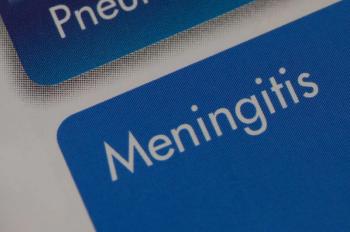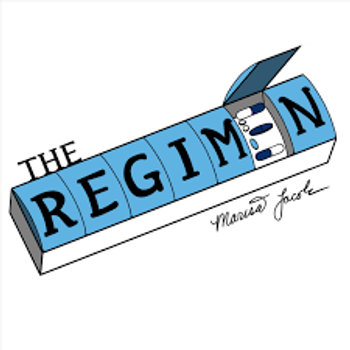
Drug counterfeiting: A rising public health concern
Drug counterfeiting has swelled into one of the world's largest black market industries, its rapid growth spurred by lucrative promises, minimal risk, and aggressive consumer demand. In a recent study, the World Health Organization determined that up to 10% of medicines worldwide are counterfeited, a deadly hazard that costs the pharmaceutical industry about $46 billion a year.
Drug counterfeiting has swelled into one of the world's largest black market industries, its rapid growth spurred by lucrative promises, minimal risk, and aggressive consumer demand. In a recent study, the World Health Organization determined that up to 10% of medicines worldwide are counterfeited, a deadly hazard that costs the pharmaceutical industry about $46 billion a year.
In 2000, the Food & Drug Administration reported five investigations of cases involving drug counterfeiting-a number that increased to 20 last year. The agency attributes this growth to the enormous profit potential for counterfeit drugs.
The FDA sees the rise in counterfeit drugs as a serious health concern that not only undermines the legal drug distribution system, but also could erode consumer confidence in the pharmaceutical industry. With waning faith in the viability of their medications, skeptical consumers may turn to alternative means.
Fighting the battle Taking steps to reverse this trend is crucial. New technology initiatives, government regulations, and stiffer penalties for fraudulent manufacturers combined with widespread awareness-building programs to help educate end users provide an excellent foundation for thwarting counterfeiters.
One technology primed for this market is radio frequency ID (RFID)-based wireless track-and-trace technologies. RFID tags enable the tracking of drugs during the manufacturing and distribution process. According to the market research firm IDC, the drug industry is ready for this technology.
FDA takes a stand In addition to advances in technology, the FDA supports implementing effective reporting procedures. The FDA encourages physicians and pharmacists to report suspected counterfeit drugs directly to the agency. Should a counterfeit drug be identified, the FDA would then provide immediate notification to healthcare professionals and the general public.
Industry experts believe the FDA, in conjunction with drug manufacturers, needs to enhance educational programs aimed at physicians, pharmacists, and other health professionals about their role in identifying, minimizing exposure to, and reporting counterfeit drugs. Consumers should be urged to purchase their prescription drugs only from state-licensed pharmacies and, when on-line, only from state-licensed e-pharmacies.
NABP creates VAWD The Verified-Accredited Wholesale Distributors (VAWD) program accredits wholesale distributors of prescription medications and medical devices and helps protect the public from the threat of counterfeit drugs affecting the U.S. drug supply. Developed by the National Association of Boards of Pharmacy with support from the FDA, VAWD is based on NABP's Model Rules for the Licensure of Wholesale Distributors.
VAWD accreditation will provide assurance that the distributor will operate legitimately, is validly licensed, and is employing security and best practices for safely distributing prescription drugs from manufacturers to pharmacies and other institutions. Throughout the creation of VAWD, NABP involved key stakeholders such as wholesale distributors, state boards of pharmacy, and other state and federal regulators to ensure that the program addresses the concerns of all interested parties.
Although drug counterfeiting is a rising concern, there are actionable methods and technologies pharmaceutical companies and state and local government bodies can and are implementing to combat it. Hopefully, everyone in the supply chain will apply these methods and technologies to protect the integrity of our medications.
Newsletter
Pharmacy practice is always changing. Stay ahead of the curve with the Drug Topics newsletter and get the latest drug information, industry trends, and patient care tips.






































































































































